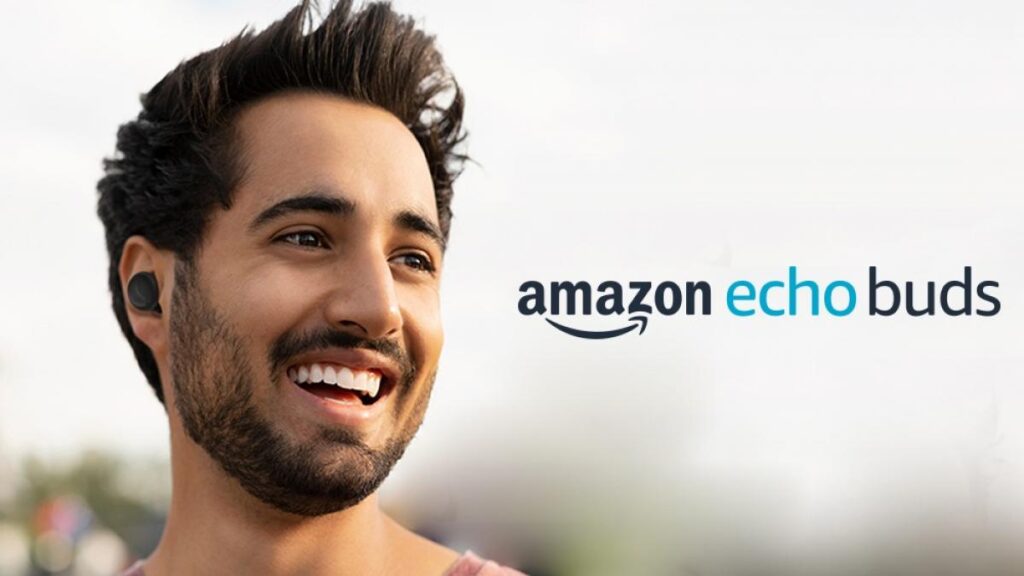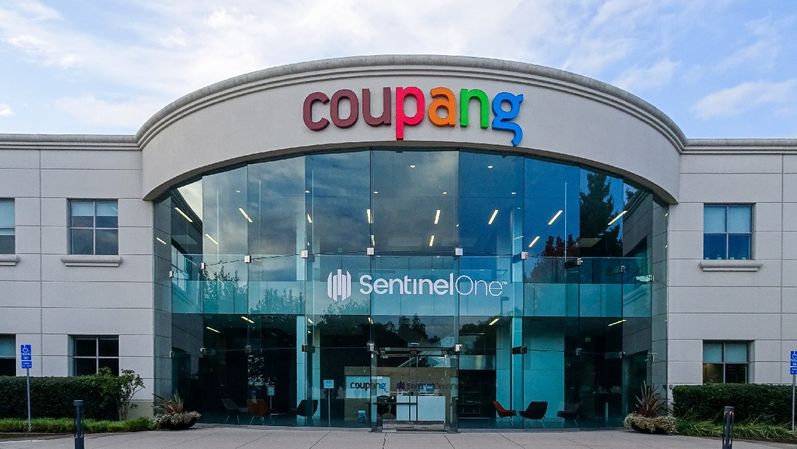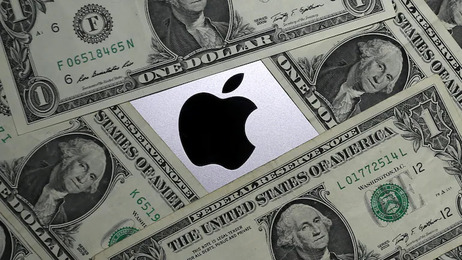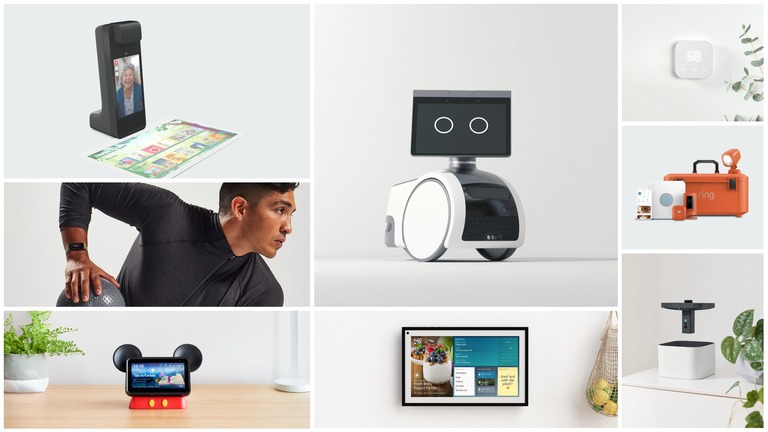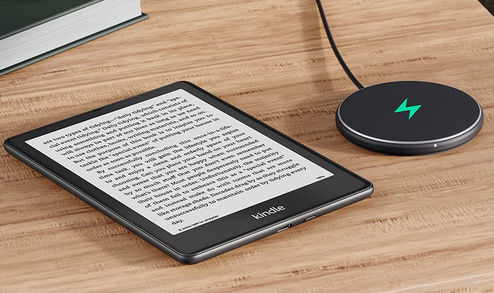The Era Of Borderless Data Is Coming To An End.
We generate digital data every time we write an email, tap an Instagram ad, or swipe our credit cards. At the speed of a click, information travels around the world, becoming a kind of borderless money that sustains the digital economy. The flow of bits and bytes, which was mostly unregulated, fuelled the emergence of transnational mega-corporations such as Google and Amazon and transformed global communications, business, entertainment, and media. The era of open borderless data is coming to an end.
France, Austria, South Africa, and more than 50 other countries are stepping up attempts to regulate the digital data generated by their citizens, government agencies, and businesses. Governments are progressively defining laws and norms on how data may and cannot flow around the world, driven by security and privacy concerns, as well as commercial interests and authoritarian and nationalistic impulses. The best goal is to achieve “digital sovereignty” with borderless data.
Consider the following:
- The Biden administration in Washington is circulating an early draught of an executive order designed to prevent adversaries like China from obtaining American data.
- Judges and lawmakers in the European Union are pressing for stronger internet privacy regulations and artificial intelligence restrictions to protect information generated within the 27-nation union.
- Indian lawmakers are working on a plan that would limit the amount of data that may leave the country of over 1.4 billion people.
According to the Information Technology and Innovation Foundation, the number of laws, regulations, and government policies requiring digital information to be maintained in a given country more than quadrupled to 144 between 2017 and 2021.
While countries like China have long walled off their digital ecosystems, the imposition of more national regulations on information flows signals a significant shift in the democratic world and affects how the internet has operated since its commercialization in the 1990s.
The implications for company operations, privacy, and how law enforcement and intelligence organizations investigate crimes and carry out surveillance activities are enormous. Microsoft, Amazon, and Google have launched new services that allow businesses to retain records and information inside a certain geographic area. Data migration has also become a topic of geopolitical debate, with a new treaty for information exchange across the Atlantic reached in principle in March.
“Over the last decade, the amount of data has grown to the point where there is pressure to bring it under sovereign control,” said Federico Fabbrini, a professor of European law at Dublin City University who edited a book on the subject and argues that data is inherently more difficult to regulate than physical goods.
Source: indianexpress.com
The new limits are unlikely to take down popular websites for most users. However, depending on where they live, consumers may lose access to some services or features. To avoid being sued under rules limiting the use of biometric data, Meta, Facebook’s parent company, recently announced that it will temporarily stop delivering augmented reality filters in Texas and Illinois.
The fight over borderless data reflects deeper economic divisions around the world.
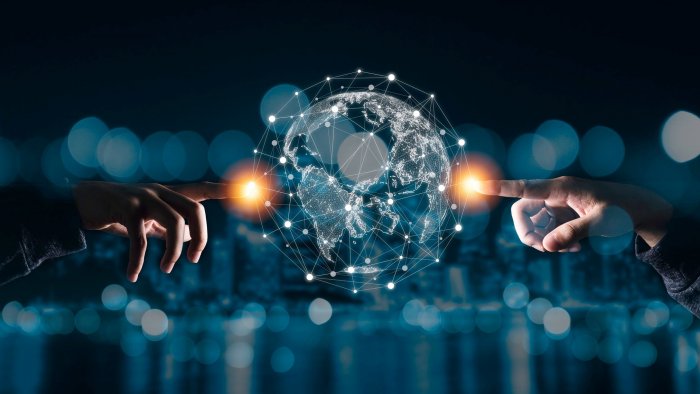
Data localization: why and why not?
According to Eduardo Ustaran, a lawyer at Hogan Lovells, a law company that helps corporations comply with new data requirements, shifting attitudes regarding digital information are “linked to a wider trend toward economic nationalism.”
The core concept of “digital sovereignty” is that digital waste generated by a person, business, or government should be stored in the country where it was generated, or at the very least treated in line with government-set privacy and other regulations. Some authorities prefer that information be held by a local company in circumstances where it is more sensitive. the world economy
That’s a significant change from today. The majority of files were formerly saved locally on home computers and corporate mainframes. However, as internet speeds and telecommunications infrastructure improved over the last two decades, cloud computing services enabled someone in Germany to save images on a Google server in California, or an Italian company to host a website using Amazon Web Services in Seattle.
JCP prescription for Data Bill explained:
After national security contractor Edward Snowden disclosed dozens of documents detailing widespread US surveillance of digital communications in 2013, it became a watershed moment
Concerns grew in Europe that relying on American companies like Facebook made Europeans vulnerable to surveillance by the US. This resulted in protracted legal battles over online privacy and trans-Atlantic talks to protect communications and other data sent to American companies.
The aftershocks continue to be felt. While the US promotes a free, unrestricted approach that allows data to flow freely across democratic nations, China, along with Russia and others, has walled off the internet and kept data within reach in order to monitor populations and stifle dissent. Europe is creating a new route, with carefully regulated markets and data privacy legislation.
Why is the Personal Data Protection Bill harmful for businesses?
The tech industry has raised concerns as new laws have been implemented. The online economy, according to groups representing Amazon, Apple, Google, Microsoft, and Meta, is fuelled by the free flow of data. They claimed that if tech businesses were to keep everything locally, they wouldn’t be able to offer the same products and services all over the world. Nonetheless, countries took action. Customers of Google’s internet measuring software, Google Analytics, which is used by many websites to collect audience statistics, were cautioned this year not to use it because it could expose Europeans’ borderless data to American eavesdropping in France and Austria.
After receiving criticism for giving the contract to an American company, the French government canceled a partnership with Microsoft to handle health-related data last year. Instead, officials promised to work with local businesses. Businesses have adapted. Microsoft said it was taking steps to make it easier for customers to preserve data inside specific geographic areas.
Customers can choose where their borderless data is housed in Europe, according to Amazon Web Services, the largest cloud computing service.
In the past year, Google Cloud has negotiated agreements with local tech and telecom companies in France, Spain, and Germany, ensuring that customers’ data is protected by a local company while using Google’s services. Ksenia Duxfield-Karyakina, who manages Google Cloud’s public policy efforts in Europe, stated, “We want to meet them where they are.”
According to Liam Maxwell, director of government transformation at Amazon Web Services, the company would adjust to European rules, but clients should be free to acquire cloud computing services based on their needs, not where the technology provider is from.
More fights over digital information loom, according to Max Schrems, an Austrian privacy activist who won litigation against Facebook over its data-sharing policies. He anticipated that the European Court of Justice would strike down the US-EU data arrangement proposed by Biden because it does not meet EU privacy rules.
“There was a time when data was completely unregulated, and people could do whatever they wanted,” Schrems explained. “Now we see that everyone is trying to govern it, but in various ways.” This is a global problem.”
Source: indianexpress.com

I am a second-year student pursuing Liberal Arts from Nmims. I am a painter, I love reading and have a great interest in cooking. I am also a trained kickboxer. I’ve always had a passion for writing and hence in my free time, I work as a freelance writer.
